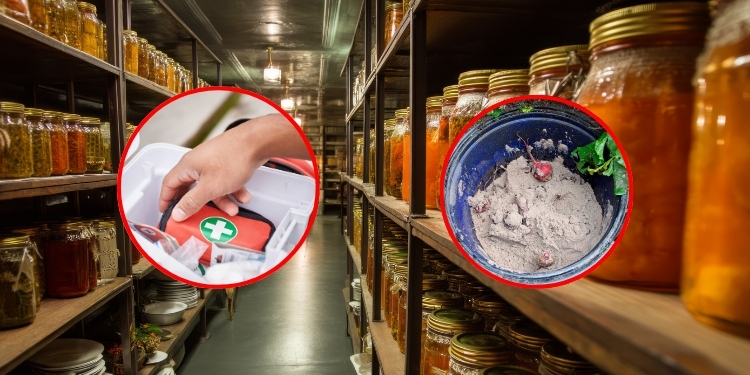No matter how well-intentioned they are when it comes to your stockpile, some of the very decisions you think will prepare you for disaster could be setting you up for failure.
Here’s how:
Improper Storage Conditions
Food, water, and other supplies need to be stored in optimal environments to ensure their longevity. If you’re keeping canned goods in a damp, humid basement or storing powdered milk in a hot attic, your supplies may spoil long before you need them.
Related: The Biggest Enemies of Long-Term Food Storage (It’s Not Looters)
Temperature fluctuations, humidity, and exposure to light can reduce the shelf life of many items, especially dehydrated or freeze-dried foods. Without proper storage in a cool, dry, and dark place, your stockpile may be a ticking time bomb. Check your supplies regularly and invest in containers or dedicated storage spaces that protect your goods from environmental damage.
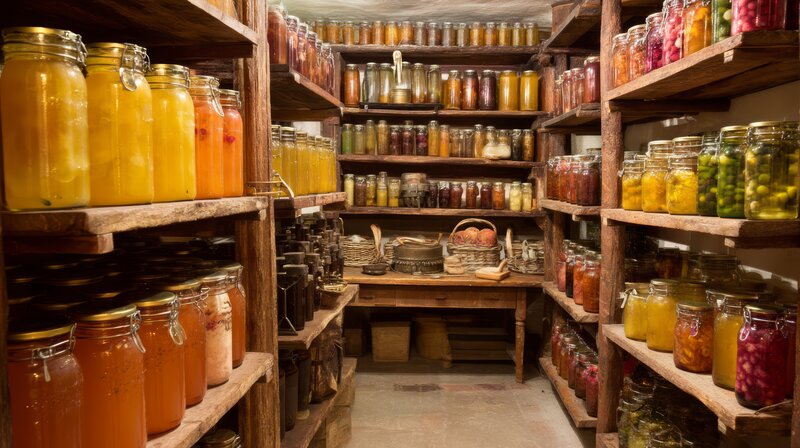
Canning and Stockpiling Mistakes
With home canning, it’s easy to make critical mistakes that compromise the safety and shelf life of your stockpile. Improper sealing, using incorrect jars, or failing to follow safe canning practices can introduce harmful bacteria such as botulism, rendering your stockpiled food dangerous to eat.
Only use jars and lids designed for canning, and make sure to follow tested recipes for safety. Regularly check your canned goods for signs of damage or spoilage, like bulging lids or leaks, and rotate your stock to ensure older items are used first. It’s essential to learn proper canning techniques, and if you want to do it for the pennies on the dollar, all you need to do is learn from the only people who have been living without electricity, toxin-ridden foods and modern conveniences for all their life. Here, you’ll get access to several never-before-seen videos where you can see exactly:
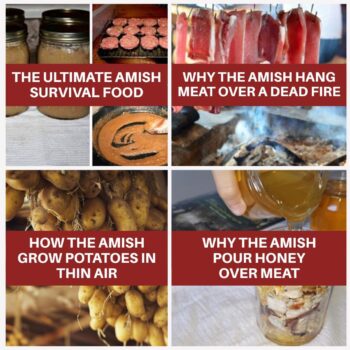 The deadly canning mistake the Amish never make (but most Americans do—without even realizing it)
The deadly canning mistake the Amish never make (but most Americans do—without even realizing it)- Why the Amish put this single leaf in their flour
- How they make powdered eggs
- How they store eggs for over a year—without a fridge, vacuum sealer, or added chemicals
And that’s barely scratching the surface of what you’ll find in these videos. They’re made by a former Amish who has been excommunicated for sharing these secrets with the outside world.
Lack of Rotation
Stockpiling involves more than just gathering food and gear, you need regular maintenance too. Many people make the mistake of building a stockpile and then forgetting about it for months or even years. The classic “out-of-sight, out-of-mind” syndrome, basically.
>>FEMA Will Never Find Your Stockpile If You Find It Here
Canned goods, for example, have expiration dates, and their contents can degrade over time. The same goes for dried foods, medical supplies, and even batteries. If you don’t rotate your stockpile (using older items first and replacing them with newer ones) you might find yourself with expired goods that won’t be useful when SHTF.
Incorrectly Prepared Herbal Remedies
Herbal remedies can be an excellent addition to a well-rounded stockpile, especially for those who prefer natural treatments. However, if these remedies are improperly prepared, stored, or used, they may be ineffective or even harmful. Many people fail to learn the correct dosages or the proper preparation methods, leading to wasted supplies or, worse, negative side effects.
Related: The Herbal Tonic Even Doctors Swear By
It’s important to understand the proper storage conditions for herbs, whether they’re dried or made into teas. Make sure you’re familiar with the specific herbs you’re storing, and always research their uses and potential side effects thoroughly.
If you want to learn how to make Penicillin Soup, the Amish Amoxicillin, the Painkiller in a Jar, the Herbal Parasite Flush, Nature’s Aspirin, Medicinal Smoking Blend, Hot Pepper Salve for Sore Joints, and the 4 remedies that President Trump takes daily, check out this list. They’ve been trying to take it down the web for some time, so I hope that by the time you read this, it’s still up.
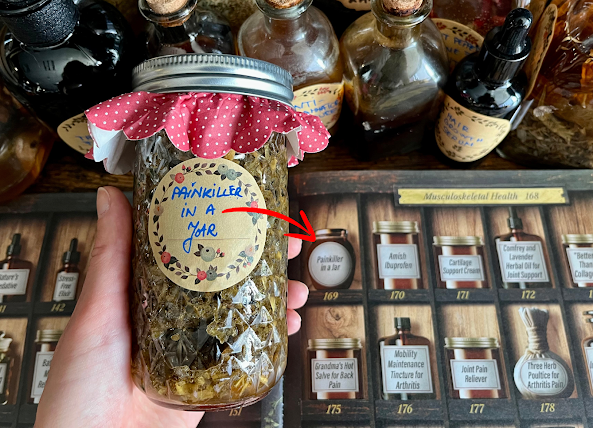 Not Accounting for YOUR Specific Needs
Not Accounting for YOUR Specific Needs
Families with young children, elderly relatives, or people with specific health concerns should tailor their stockpiles to meet these needs. Baby formula, diapers, medications, and specialty foods should be included if applicable.
In addition, consider the length of time you’re preparing for. A short-term crisis may require fewer supplies than a long-term disaster, where you may need tools for gardening, hunting, or alternative energy sources.
Stockpiling Water Incorrectly
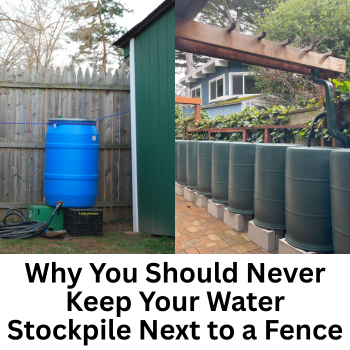 If you can believe it, it’s one of the most poorly stocked items. Many people store water in plastic containers, but they fail to account for the long-term effects of the container breaking down or leaching chemicals over time. To avoid contamination, it’s crucial to use food-grade containers and ensure that the water is stored in a cool, dark place, away from sunlight.
If you can believe it, it’s one of the most poorly stocked items. Many people store water in plastic containers, but they fail to account for the long-term effects of the container breaking down or leaching chemicals over time. To avoid contamination, it’s crucial to use food-grade containers and ensure that the water is stored in a cool, dark place, away from sunlight.
Additionally, many stockpiles fail to account for enough water to cover all survival needs, including hygiene, cleaning, and cooking, not just drinking. A common rule of thumb is to store at least one gallon per person per day, but in a long-term situation, this may need to be adjusted. There’s one bizarre—but genius—way to store 10 gallons of water that keeps it safe for years… in your backyard. See how this veteran perfected his technique here.
Failing to Practice
Do you really know how to use everything you have in your stockpile? If you’ve stockpiled freeze-dried food but never actually prepared any, you might struggle when it comes time to cook. If you’ve stored a first aid kit but don’t know basic first aid, your stockpile may be more of a liability than an asset.
Related: Why Don’t Schools Teach Life Skills?
Make sure you practice using your stockpile. Cook with your stored food, use your medical supplies, and test your tools. This will not only ensure they work when needed, but it will also build your confidence in their use.
Overlooking the Basics
When building a stockpile, it’s easy to focus on the more glamorous items like survival gear, fancy tools, or foods, but neglect the basics. Every stockpile should contain essentials like water, non-perishable food, first aid supplies, and sanitation products. Without these, your stockpile is incomplete, and you might find yourself without the very items that could help you survive in a crisis.
Water is one of the most commonly overlooked stockpile items. Many people assume they’ll be able to find it in a crisis or rely on filters and purifiers. While these are useful tools, having a reliable water source on hand is non-negotiable. Similarly, first aid kits, basic hygiene products, and a method for cooking and heating food are all essential components that should not be ignored.
>An Ingenious Way to Stockpile Prescription Medicines, Including Insulin Without a Prescription
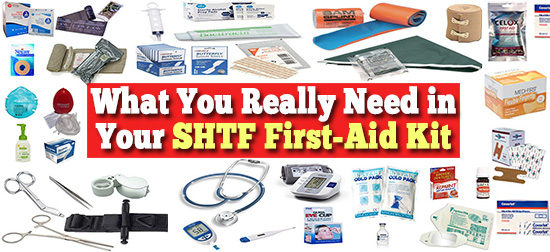
Final Thoughts
Inside A Navy SEAL’s Bug-In Guide, you will discover exactly how to build a long-lasting stockpile that needs no refrigeration. It starts with a complete stockpile that you can eat from morning, lunch, and dinner for three months. Then you’ll have another one for six months and another for a full year.
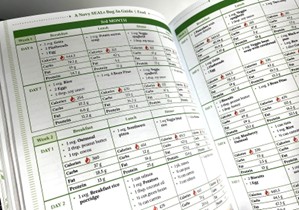 You’ll see exactly where to buy these foods so they’re as affordable as possible. You’re also going to get a day-by-day and meal-by-meal rationing plan to make sure you are not only getting around 2,200 calories a day but also the vital protein, fat, and other nutrients that will keep you healthy in the long run.
You’ll see exactly where to buy these foods so they’re as affordable as possible. You’re also going to get a day-by-day and meal-by-meal rationing plan to make sure you are not only getting around 2,200 calories a day but also the vital protein, fat, and other nutrients that will keep you healthy in the long run.
Besides what I’ve mentioned so far, here are some other things you’ll find inside:
- The Under $1 Walmart Canned Goods You Absolutely Need to Add to Your Food Reserves
- A Meal in a Jar That Can Feed You for a Week
- How to Make the Ultimate Survival Food with a 25-Year Shelf Life
- The Only Seeds You Need to Stockpile for a Crisis
- What Item You Should Remove from Your Pantry Immediately
- How to Hide That You Still Have Power Left in a Blackout
- What Great Depression Foods We’ll Be Eating Again Soon
- How to Use a Car Battery to Power Up Your Radios
- What Happens if You Take Expired Medications
And so much more!
The author has printed only a limited batch of copies this time, and once they’re gone, they’re gone for good. You can access my personal discount from the button below!
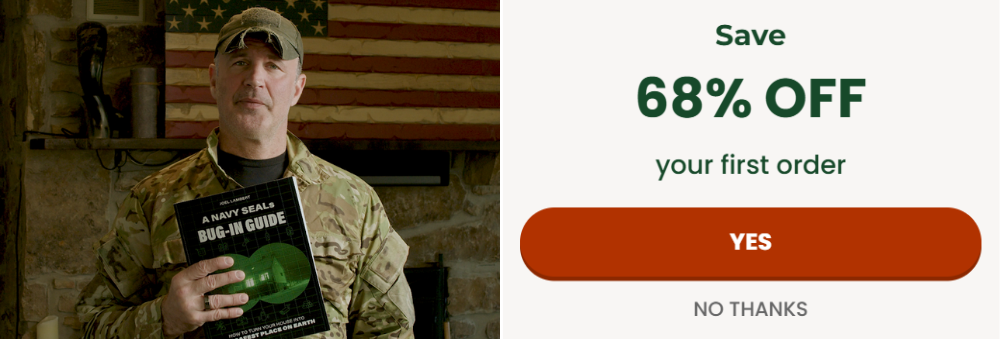
Without the proper storage, regular maintenance, attention to essentials, consideration of your unique needs, and practice with your gear, your stockpile might be doomed from the start.
You may also like:
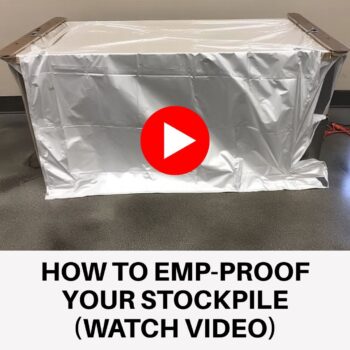
Could Your Stockpile Kill You?
Drought-Proof Your Home: 40 Gallons of Water from Air! (Video)
How to Tell If Your Stockpile Has Been Compromised
How to Stockpile Without Alerting Your Neighbor
Instant Foods You Need to Stockpile Before They Disappear
FEMA Will Never Take Your Stockpile If You Hide It Here
Read the full article here
